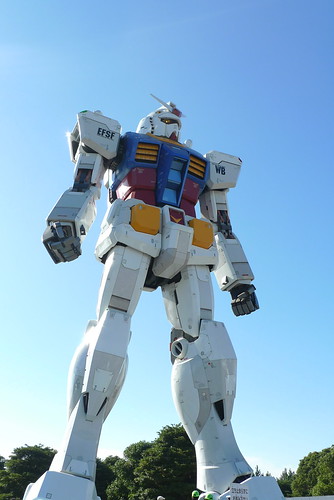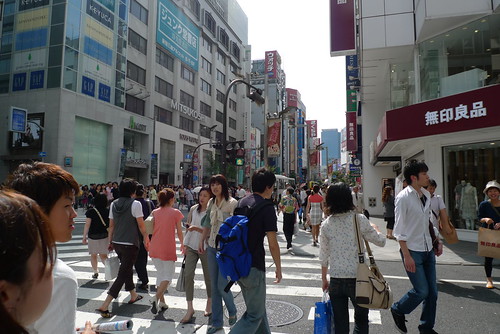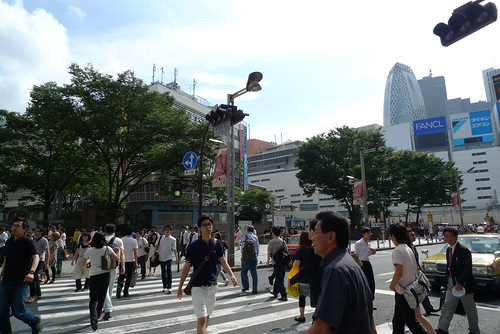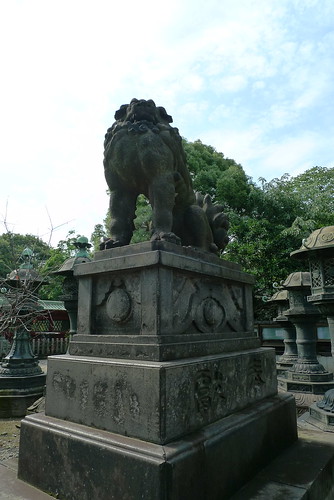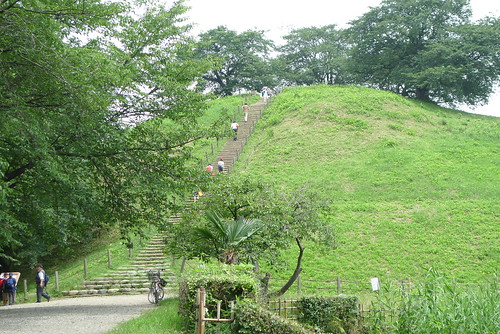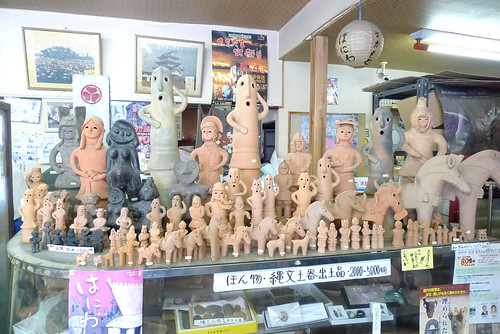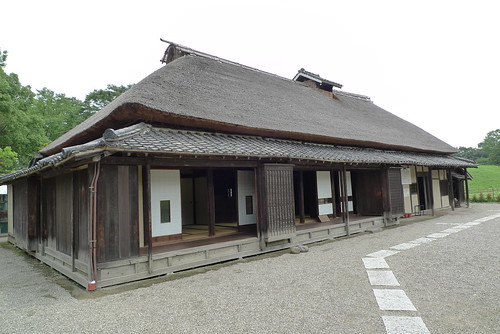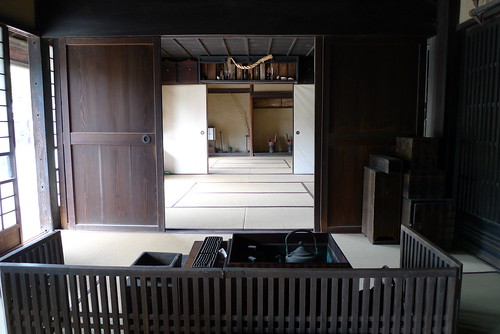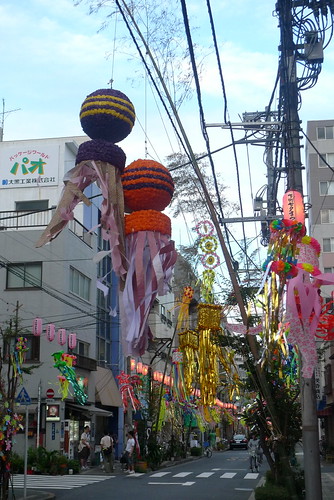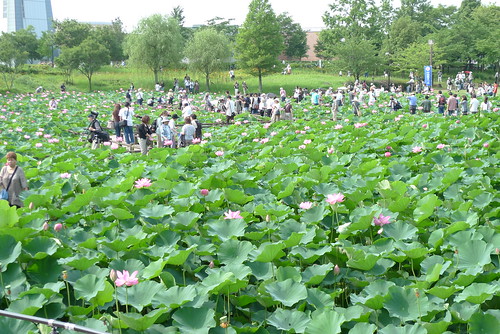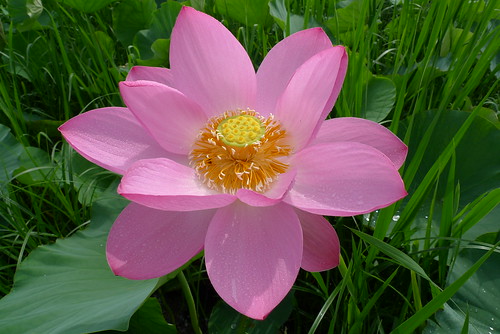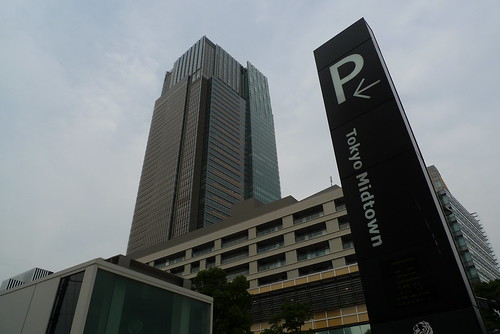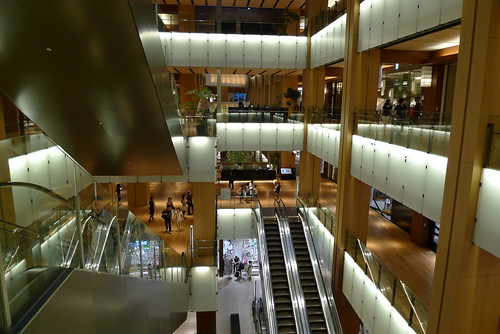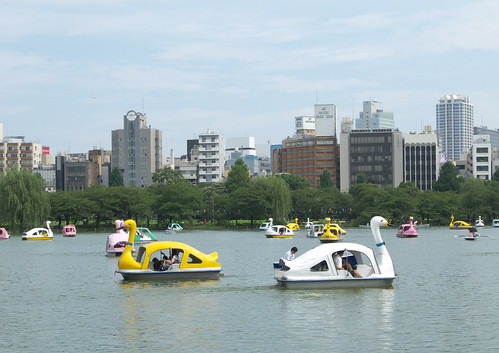
Families and couples enjoying a boat ride at the Shinobazu pond at Ueno Park, a popular family spot.
Summer holiday has started in Japan. Schools are off, rainy season is almost over and the heat has started to raise. Time to enjoy the outdoors.

Kids cooling off the heat at Shiokase park. The park has became tremendously popular due to the Gundam ‘green Tokyo’ event held there.
Spanish
